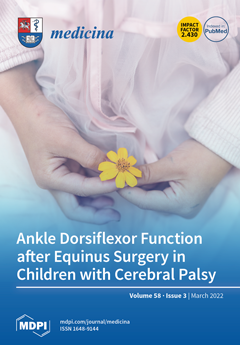Background and Objectives: The neurofilament light chain (NfL) is a biomarker for neuro-axonal injury in various acute and chronic neurological disorders, including Alzheimer’s disease (AD). We here investigated the cross-sectional and longitudinal associations between baseline serum NfL (sNfL) levels and cognitive, behavioural as well as MR volumetric findings in the Prospective Dementia Registry Austria (PRODEM-Austria).
Materials and Methods: All participants were clinically diagnosed with AD according to NINCDS-ADRDA criteria and underwent a detailed clinical assessment, cognitive testing (including the Mini Mental State Examination (MMSE) and the Consortium to Establish a Registry for Alzheimer’s Disease (CERAD)), the neuropsychiatric inventory (NPI) and laboratory evaluation. A total of 237 patients were included in the study. Follow-up examinations were done at 6 months, 1 year and 2 years with 93.3% of patients undergoing at least one follow-up. We quantified sNfL by a single molecule array (Simoa). In a subgroup of 125 subjects, brain imaging data (1.5 or 3T MRI, with 1 mm isotropic resolution) were available. Brain volumetry was assessed using the FreeSurfer image analysis suite (v6.0).
Results: Higher sNfL concentrations were associated with worse performance in cognitive tests at baseline, including CERAD (B = −10.084, SE = 2.999,
p < 0.001) and MMSE (B = −3.014, SE = 1.293,
p = 0.021). The sNfL levels also correlated with the presence of neuropsychiatric symptoms (NPI total score: r = 0.138,
p = 0.041) and with smaller volumes of the temporal lobe (B = −0.012, SE = 0.003,
p = 0.001), the hippocampus (B = −0.001, SE = 0.000201,
p = 0.013), the entorhinal (B = −0.000308, SE = 0.000124,
p = 0.014), and the parahippocampal cortex (B = −0.000316, SE = 0.000113,
p = 0.006). The sNfL values predicted more pronounced cognitive decline over the mean follow-up period of 22 months, but there were no significant associations with respect to change in neuropsychiatric symptoms and brain volumetric measures.
Conclusions: the sNfL levels relate to cognitive, behavioural, and imaging hallmarks of AD and predicts short term cognitive decline.
Full article






